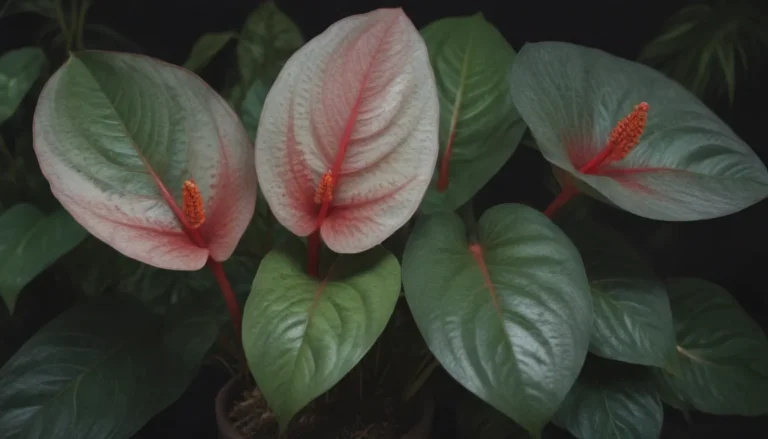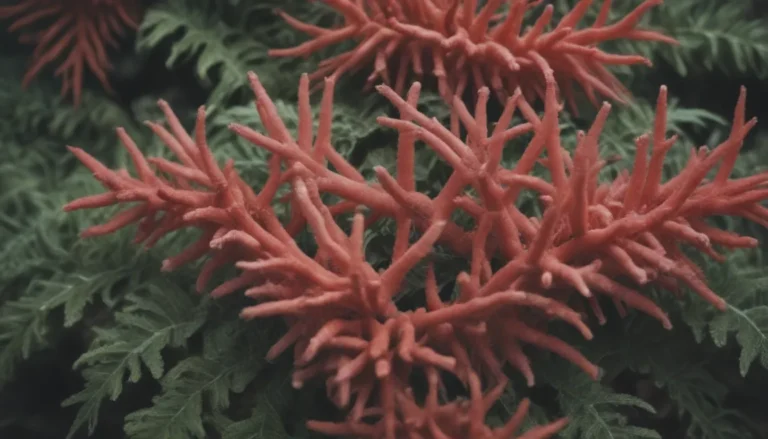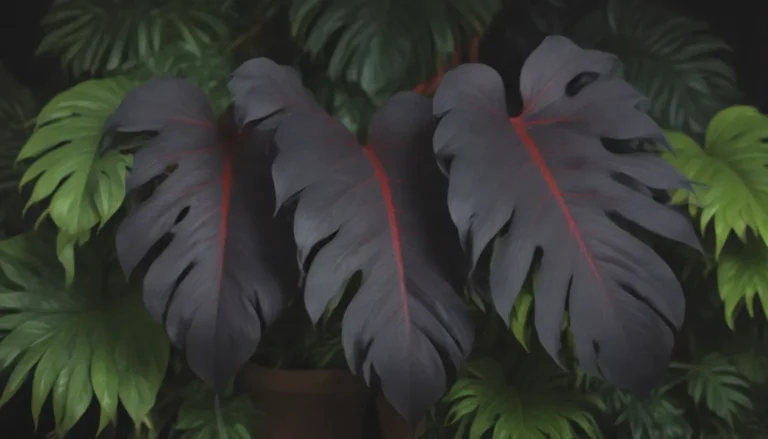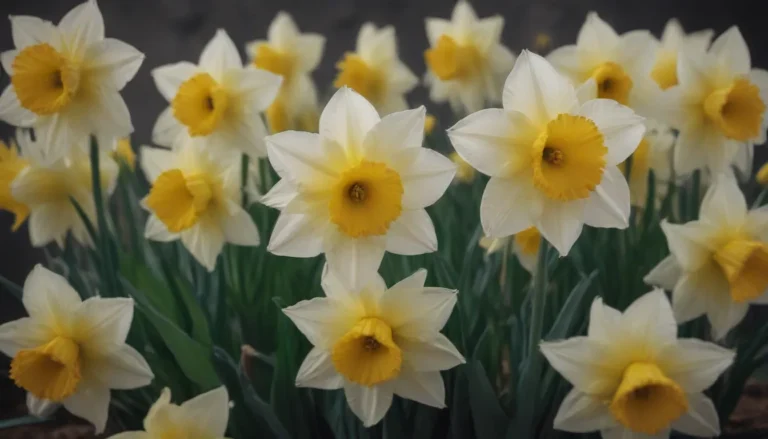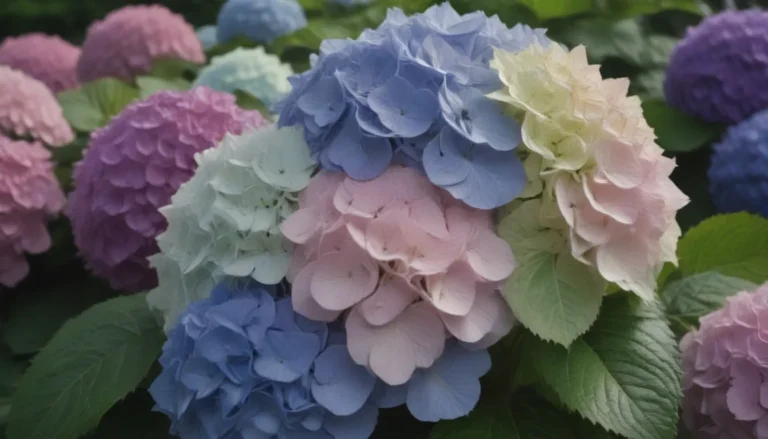Complete Guide to Growing and Caring for Pride of Madeira
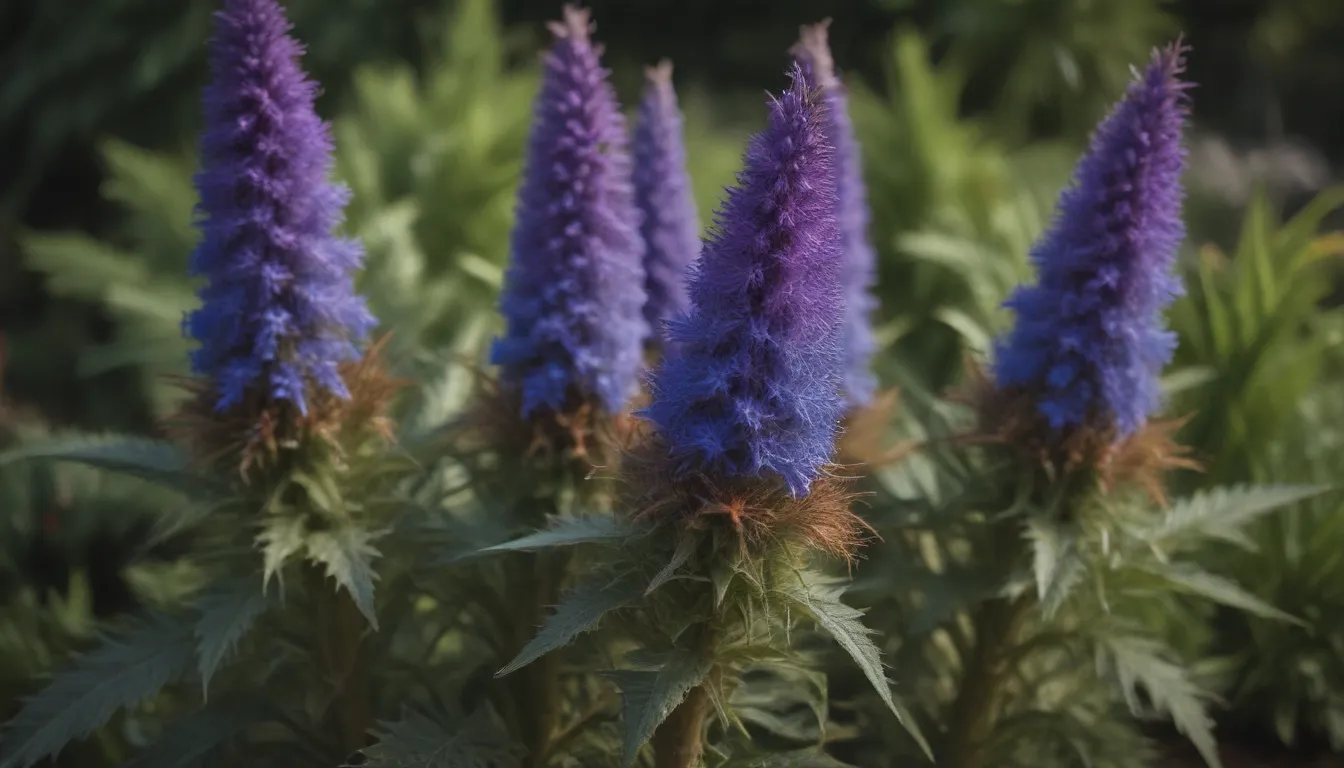
Are you looking to add a touch of color and drama to your landscape? The pride of Madeira might just be the perfect plant for you! In this comprehensive guide, we will explore all you need to know about growing and caring for this stunning flowering shrub. Let’s get started!
What is the Pride of Madeira?
The pride of Madeira, scientifically known as Echium candicans, is native to the island of Madeira in the Canary Islands. This beautiful shrub is known for its vibrant panicles of purple flowers, woody stems, and slender grey-green spiky leaves that emerge in early spring. With a mounding, low-branching habit, the pride of Madeira can reach heights of up to 8 feet tall and spread out to 10 feet wide, making it a striking addition to any garden or landscape.
Why Choose the Pride of Madeira?
There are several reasons why the pride of Madeira is a popular choice for gardeners and landscapers alike:
- Colorful panicles of purple flowers
- Woody stems and spiky leaves
- Low maintenance and adaptable to a range of weather conditions
- Attracts bees, butterflies, hummingbirds, and other beneficial insects and birds
- Tolerant of salty air, wind, and low-nutrient soil
Pride of Madeira Care Tips
Light
Pride of Madeira thrives in full sun, ideally receiving four to six hours of sunlight each day. Partial sun is also acceptable, with afternoon sun being preferable to morning sun due to its higher intensity.
Soil
This versatile shrub can thrive in various soil types, including clay, sand, and loam. Good drainage is essential, so be sure to provide well-draining soil for your pride of Madeira. Additionally, this plant is salt-tolerant, making it an excellent choice for coastal gardens.
Water
While pride of Madeira is drought-tolerant, it is essential to water regularly during the flowering season to keep its blooms vibrant and healthy. If you notice the flower heads drooping or the foliage turning yellow, watering at the base of the shrub can help revive it.
Temperature and Humidity
This coastal plant is sensitive to temperatures below 50°F and thrives in humid ocean air. While it does not require special humidity conditions in most gardens, occasional misting may be necessary in desert climates to maintain its vibrant foliage.
Fertilizer
Pride of Madeira is not a heavy feeder and can thrive in low-nutrient soil. If you choose to fertilize, light applications of compost in the fall and mineral fertilizer in the spring can help support growth.
Pruning and Propagation
Pruning
Regular pruning of spent flower stalks and light pruning in summer and late fall can help maintain the neat appearance and fullness of your pride of Madeira. Be sure to prune after blooming is complete to avoid interfering with the next bloom cycle.
Propagation
Propagating your pride of Madeira through cuttings can help maintain genetic uniformity in your garden. Mid-summer is an ideal time for propagation, and here’s how you can do it:
- Take cuttings from healthy stems.
- Remove lower leaves and dip the cut end in rooting hormone.
- Plant the cutting in a well-draining potting mix.
- Keep the soil moist and provide indirect sunlight until roots develop.
Growing Pride of Madeira from Seeds
If you prefer starting from seeds, here’s how you can grow pride of Madeira:
- Plant seeds in potting soil with compost about 1/8 inch deep.
- Add a thin layer of sand over the seeds.
- Mist lightly each day and maintain a consistent temperature of 60°F to 70°F for germination.
- Use a heating coil if necessary for warmth.
Overwintering and Common Pests
Overwintering
To protect your pride of Madeira during the winter months, cover it with a frost blanket if temperatures drop below 41°F. If needed, you can overwinter your plant indoors in a bright spot or a frost-free greenhouse.
Common Pests and Plant Diseases
Though generally pest-free, pride of Madeira can occasionally attract whiteflies, spider mites, and slugs. Monitor your plant regularly for signs of infestation and treat as needed. Additionally, maintain good airflow around the plant to prevent fungal diseases.
Troubleshooting Common Problems
Dusty Appearance
If your pride of Madeira develops powdery mildew, remove affected foliage and treat with an anti-fungal spray. Ensure proper air circulation to prevent recurrence.
Yellowing Leaves
Yellowing leaves can be a sign of over-fertilization or over-watering. Adjust your soil and fertilizing practices to restore the plant’s health and vibrant foliage.
Sprawling Growth
While the sprawling nature of pride of Madeira adds to its beauty, it can be challenging to control in limited spaces. Light pruning can help manage unwanted growth and maintain the plant’s appearance.
Beyond Pride of Madeira: Alternatives and Indoor Care
If you’re looking for a non-toxic alternative to pride of Madeira, consider the Californian lilac (Ceanothus). This plant features bluish-purple flowers in vibrant clusters and is safe for humans and animals.
Pride of Madeira can also be grown indoors with proper care. Ensure ample sunlight, adequate humidity, and well-draining soil for indoor plants. Consider bringing your plant indoors temporarily during harsh winter conditions.
In conclusion, the pride of Madeira is a stunning and low-maintenance shrub that can add beauty and color to your landscape. With the right care and attention, you can enjoy this plant’s vibrant blooms year after year. Happy gardening!
Reference: Plants Poisonous to Livestock. Cornell CALS.
